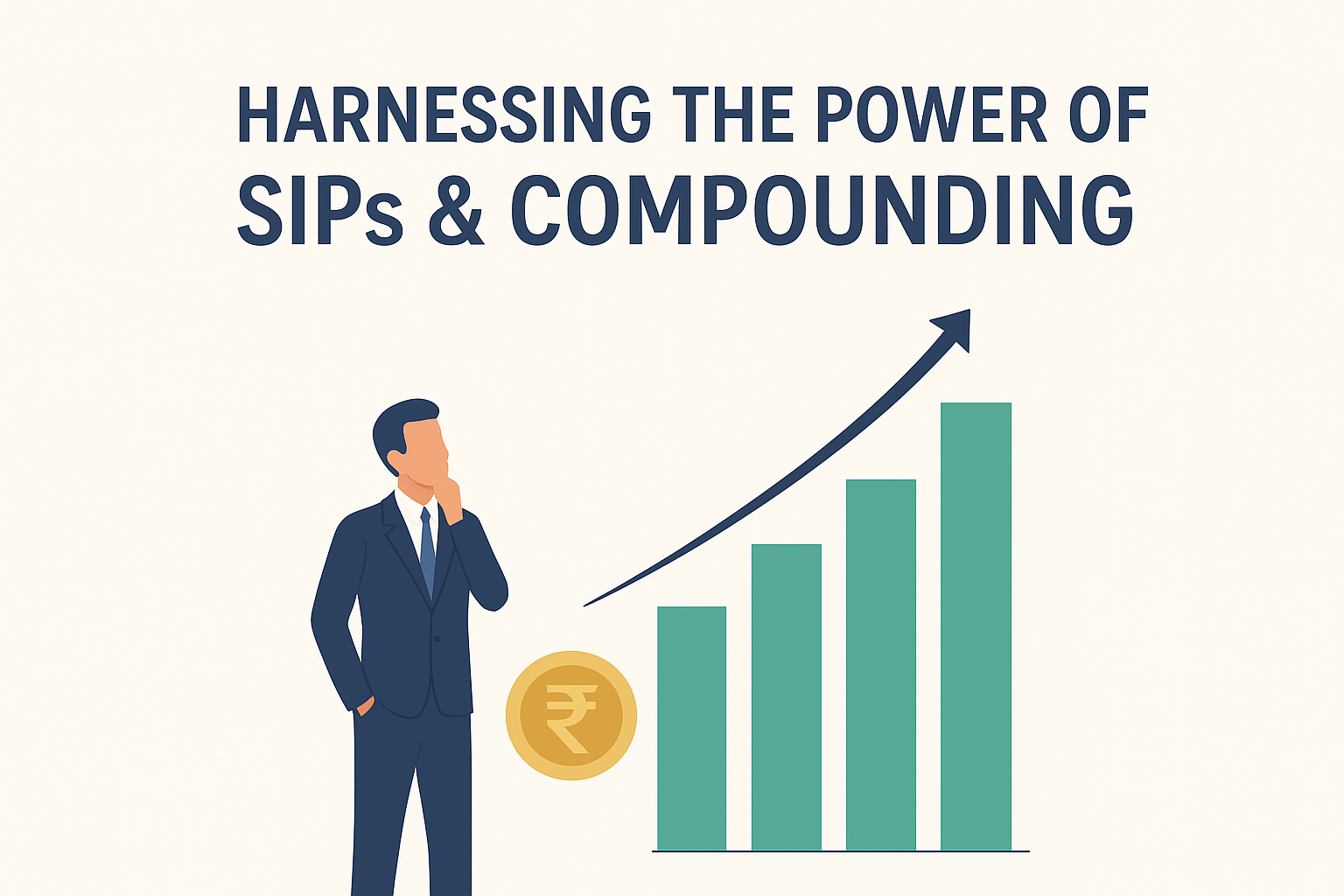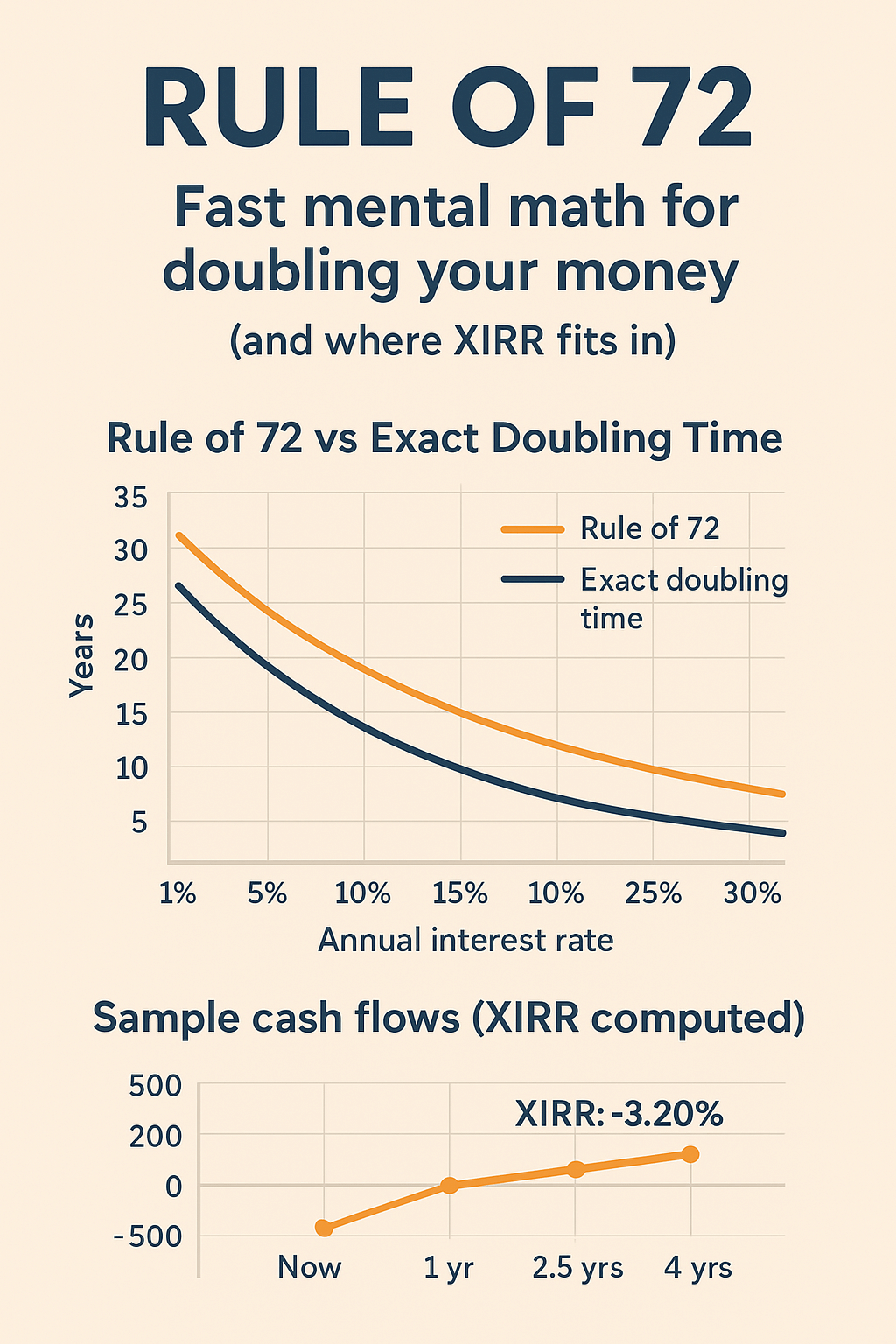Top 5 Investment Strategies to Build Wealth in 2025Top 5 Investment Strategies to Build Wealth in 2025

Introduction: Why Investing in 2025 Needs a Fresh Approach The financial world is evolving rapidly. With inflation, technological disruption, and{...}

